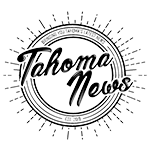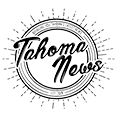How Beneficial is Power Hour?
At first glance, Power Hour seems helpful for everyone, but what about students struggling with their classes?
November 8, 2019
If you’re a well-performing, high-achieving student, you just might take Power Hour for granted. You don’t have to check in with any teachers, just take a break to socialize and eat–it sounds like the dream of every high schooler. If you’re falling behind in class, however, things get a little more complicated.
The 2017-18 school year was the first year to utilize a full hour lunch. According to the school website, Power Hour is meant to “support learning and maintain a positive culture for students.” It sounds empowering to be given a choice of what to do during the day, but when the choices are between eating and class help, students could end up feeling stuck.
Arranging transportation for staying after school is hard for some students, so one-on-one help and clubs being available during the day has some benefit. If you buy lunch and your teacher is only available during Power Hour A, though, you’re out of luck. Staying for teacher help during Block A leaves you with little to no choices when getting a hot lunch. Students could eat during Power Hour and get help after school, but it’s hard for them to go the other way around.
Starting lunch at 10:25 has its own setbacks, too. On every other day of the week, the school bell rings and kids shuffle down to the cafeteria to get their lunches, but on Fridays, students get hungry when the bells for third period ring. This leaves them cranky and less able to focus for half of their classes that day.
Ideally, Power Hour would be a time to eat with your friends and get help for your assignments. While the administration’s intentions are pure in trying to provide us the best education possible, they’re also giving us the potential for more stress over class work… not to mention setting us up for a life full of brunches.



